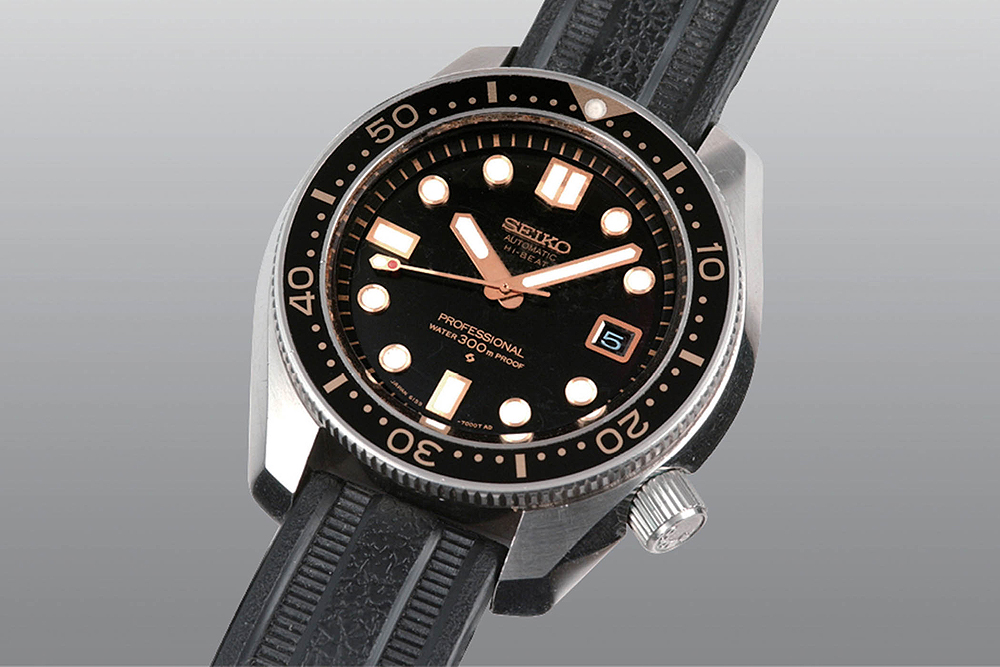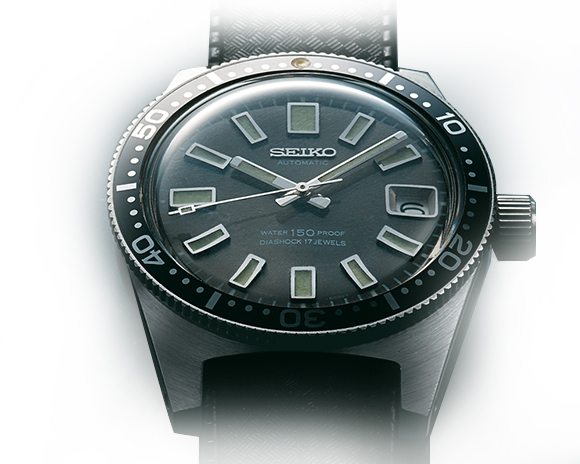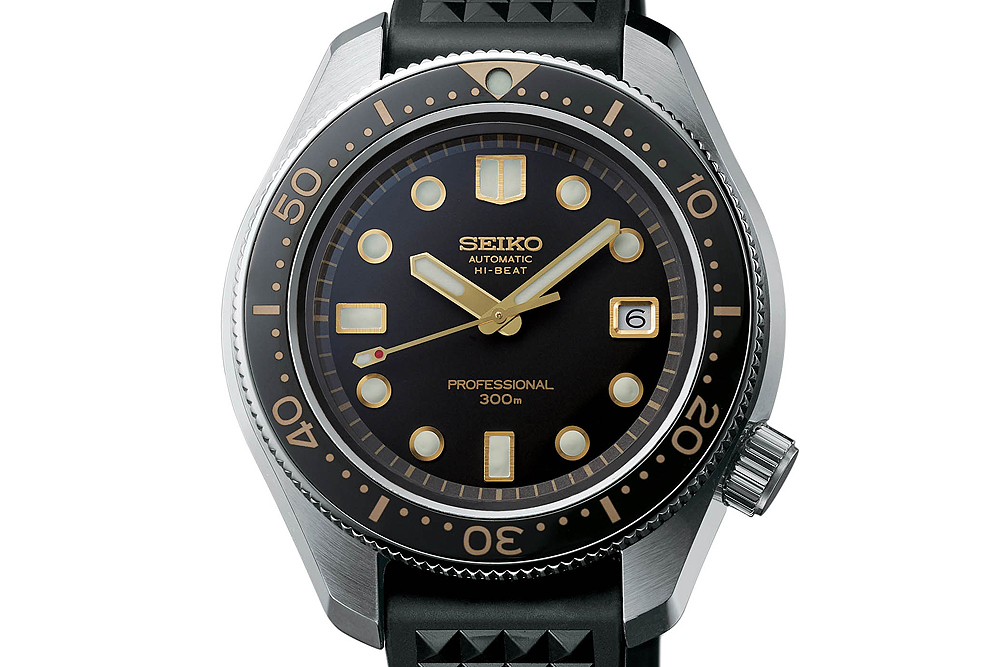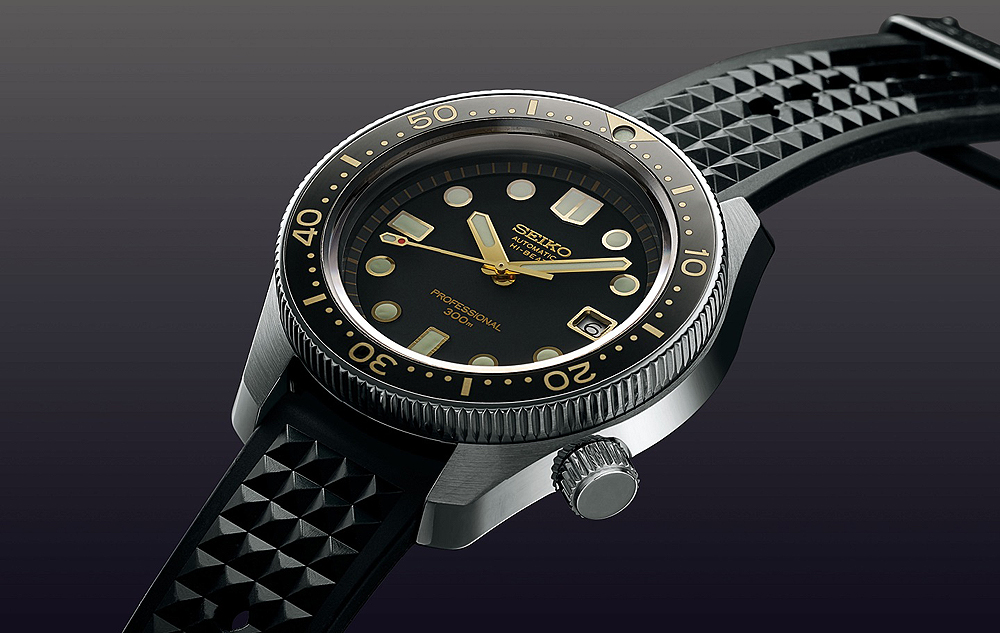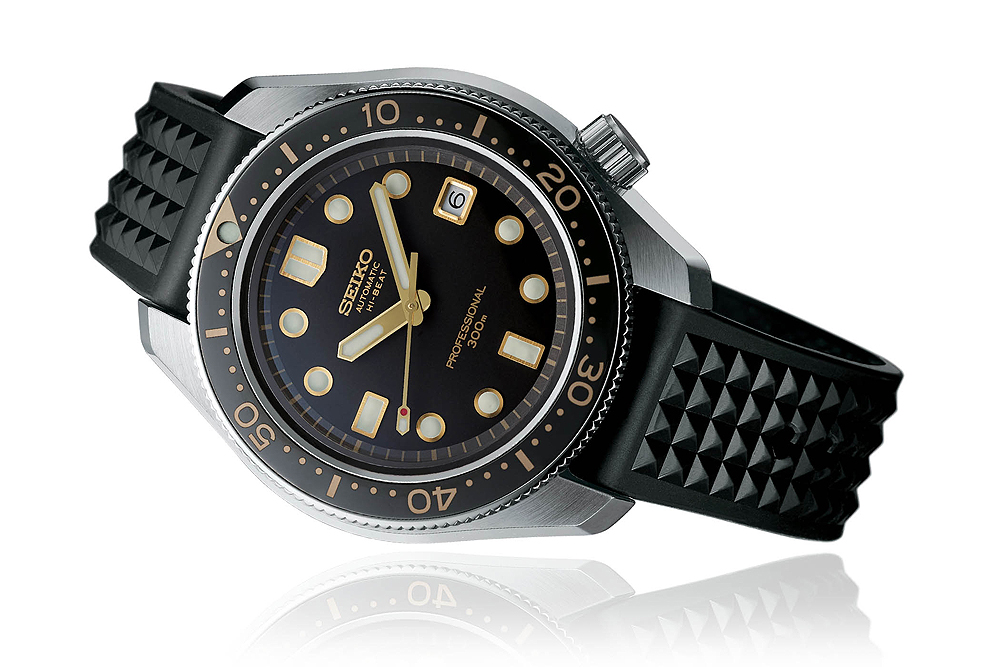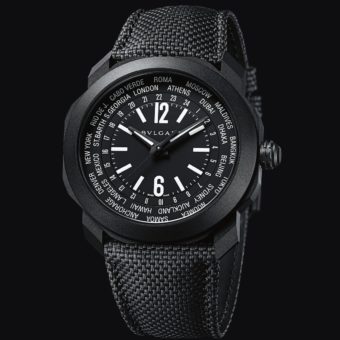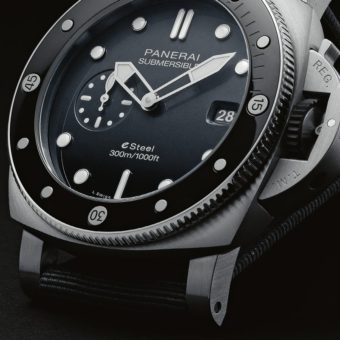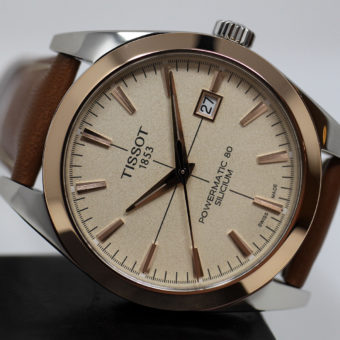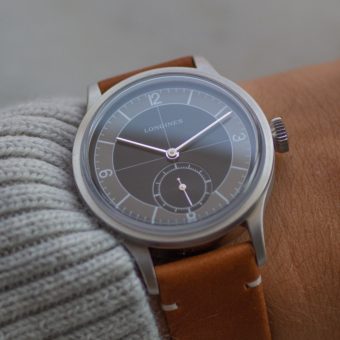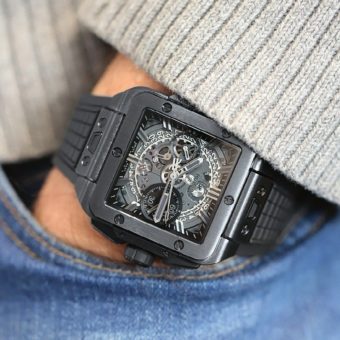For those of you who have been closely following this series, it’s no secret I have a keen affinity for Seiko. A vintage Seiko 5 happened to be my first mechanical watch, the Grand Seiko 62GS was the second piece I covered writing for WatchTime, the Seiko Marinemaster Professional 1000m was one of the first watches I took an extended field trip to photograph, and it was the Re-creation of the First Grand Seiko that was the most recent of the brand’s releases to be featured in “Vintage Eye” last September. Like many other collectors, writers, and watch enthusiasts, I see Seiko as historically one of the most important brands to the industry, but also as representing a great value in its modern watches and often representing a fascinating alternative in the Swiss-dominated marketplace.
The brand excelled at this again last year in releasing the Seiko Prospex SLA017, which was a re-creation of the Seiko Ref. 6217, also known as the 62MAS and the brand’s first dive watch (pictured below). This watch was met with both praise and criticism as it made its rounds on blogs and in minds, being hailed for its faithfulness to the original from 1965, but criticized for its relatively high price of $3,400 (which Seiko defended by citing its limited edition of 2,000 pieces and hence its purported collectibility).
That was a hard act to follow, but this year the brand has released the Seiko Prospex Diver 300m Hi-Beat Ref. SLA025 (or the SLA025, for short), which is a re-creation of the 1968-released Automatic Diver 300m Ref. 6159-7001 — the brand’s and the market’s first Hi-Beat diver. For perspective on how significant the original watch was in 1968: in the course of only three years, Seiko released a diver that had doubled its dive rating, drastically increased legibility and timing precision, added an automatic movement, and offered an innovative and unique design in a crowded market of convergent styles and flat-out copies. It wasn’t the first Seiko Diver, but it was likely the most consequential, and helped lay the groundwork for many future models, possibly most significantly for the first Seiko “Tuna” released in 1975 (pictured below).
The new watch is somewhat large and sits prominently on the wrist with a steel case 44.8-mm in diameter and 15.7 mm thick; it comes standard on a black silicone strap reminiscent of the historical bracelet. The case features a 4 o’clock screw-down crown, angular lugs, and a gilt unidirectional diving bezel. As a whole, the steel monobloc shell protects the movement well with a historically accurate 300-meter water resistance.
The dial of the piece is nearly identical to the vintage model’s, with applied white circular and quadrilateral hour markers filled with Seiko Lumibrite and outlined with gold coloring, each starkly contrasting with the black dial. At the 3 o’clock position is another gold-outlined date indicator, toward the top of the face is the Seiko logo with the words “Automatic” and “Hi-Beat” below it, and toward the bottom of the dial is printed “Professional” and “300m.” The only aesthetic differences between the vintage and contemporary models are found in this bottom script. Outlining the dial is a slightly curved outer minute ring, and sweeping over it are large, gold-colored sword hands and a unique seconds indicator featuring a small red dot. Inside the case, and protected by a thick caseback, is Seiko’s Caliber 8L55, which hosts a 55-hour power reserve and beats at the “hi-beat” frequency of 36,000 vph or 5Hz (about 10 beats per second). The brand is currently pricing the watch at $5,400 and will keep production limited to 1,500 pieces.
The re-edition piece, like many other of Seiko’s vintage homages, is largely faithful to the design of the original with a few modern changes. With the gilt and white accenting, the sharp monobloc case construction, and the dial configuration, the brand clearly resolved to keep the limited-edition model connected to the design codes of the historical model. Even some smaller details, like the unique seconds hand— which in my two or three times coming into contact with the 1968 model I never noticed— was executed down to its last dot.
I suppose in models like these, that are designed to be so true to their history, the many similarities become less important and the few changes become the topic of discussion. While I don’t have the exact dimensions of the original, I will tentatively say the contemporary model appears slightly beefier in its design — an observation further supported by the brand’s statement that while the original was intended for air diving (shorter periods of diving that tend to be closer to the surface with less pressure), the new model is designed for saturation diving (longer periods of diving, likely to be deeper in the ocean with increased pressure). As a result, the dial seems significantly more sunken within the bezel and farther from the curved sapphire crystal protecting it. The new model also has plenty of the regularly expected adjustments: a high-quality and modern Zaratsu-style finishing on the case (a classically Japanese technique thathas become a hallmark of the brand), a contemporary movement (though still Hi-Beat), a slightly cleaner dial with modern luminescence, and a stronger silicone strap to better secure it to the wrist at some of deepest reachable diving depths.
If the biggest critique of last year’s model was its price, then that criticism is likely to stand for the SLA025. Arguably, however, the 1968 re-creation is the more significant and appealing piece, and Seiko seems to acknowledge this by limiting its production to 1,500 models (compared to its predecessor’s 2,000), and bringing its price up to $5,400 (the SLA017 was $3,400, though the SLA025’s more complex technology and relative exclusivity may have also affected the price). Regardless of the cost, the watch will likely appeal to the most ardent of Seiko collectors and is unlikely to remain on the market for very long. Like past Seiko models, it executes its homage well, and subtly boosts the design into a new level of luxury unseen in its vintage and more utilitarian days.
For the most recent article in the “Vintage Eye” series, in which we discuss the Maen Hudson Automatic and its historical inspirations, click here.
Caleb Anderson is a freelance writer with a primary focus on vintage watches. Since first discovering horology, he has garnered extensive knowledge in the field and spends much of his time sharing his opinions among other writers, collectors, and dealers. Currently located near New York City, he is a persistent student in all things historical, a writer on many topics, and a casual runner.

